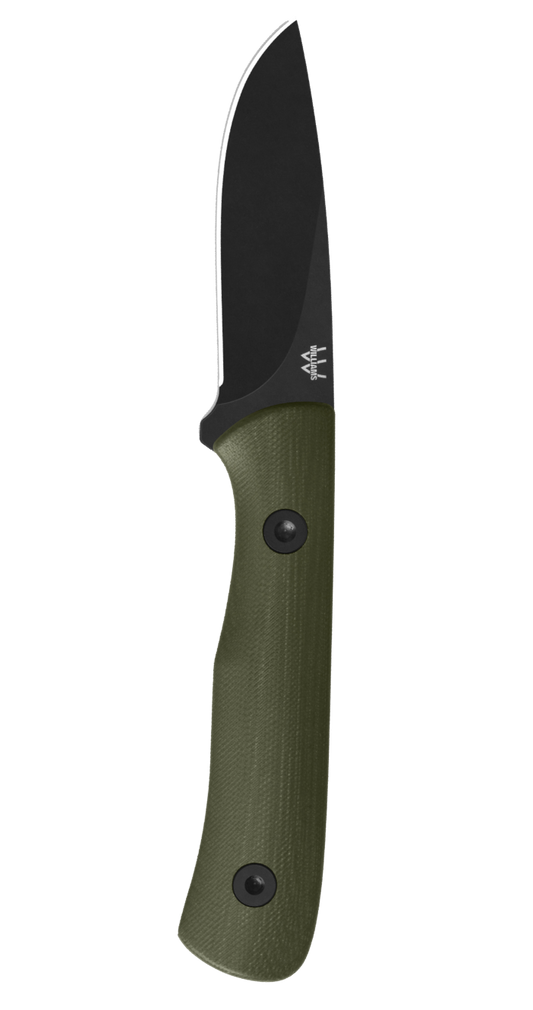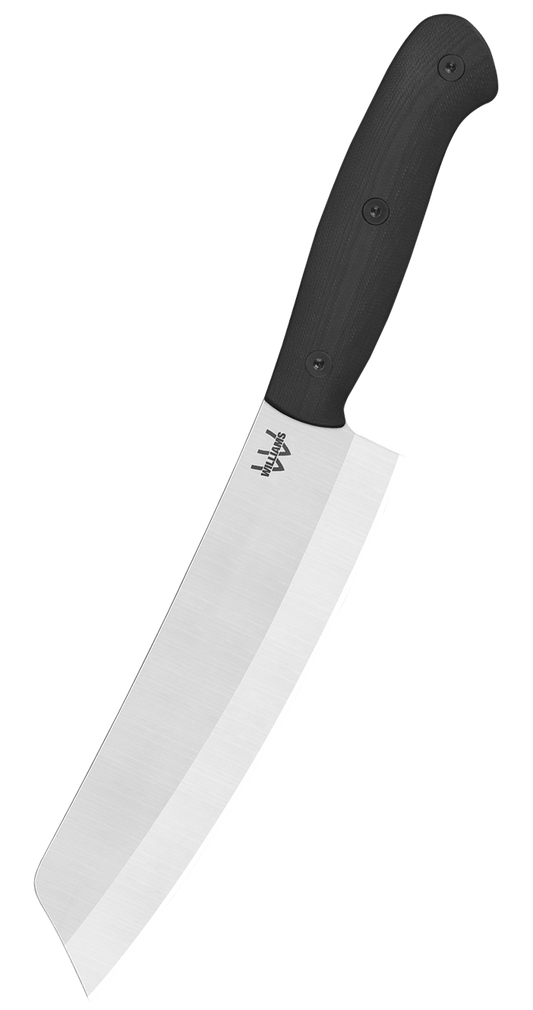From ancient civilizations to modern designs, the pocket knife has undergone a remarkable transformation. While I may not have handled ancient knives myself (those are locked behind museum glass), I appreciate the ingenuity and craftsmanship that has defined the tool’s journey.
Ancient Roots
Pocket knives have their roots in ancient Middle Eastern civilizations, dating back to around 3000 BC. The ancient Greeks and Romans used utilitarian knives with folding mechanisms and decorative handles. These early pocket knives were often carried by soldiers, hunters, and traders, serving as both practical tools and status symbols.
During the Middle Ages, pocket knives continued to evolve, with the introduction of new materials and craftsmanship techniques. The Vikings, in particular, were known for their expert knife-making skills, creating intricate and functional designs that have inspired modern knife makers. In the 18th and 19th centuries, pocket knives became more widespread, with European manufacturers like Sheffield and Solingen producing high-quality knives for the masses. These pre-1900 pocket knives laid the groundwork for the modern pocket knives we know and love today.
However, the most interesting stories lie in the evolution of American pocket knives in the 20th century.
American Innovation
The 20th century was a transformative period for pocket knives in America. Companies like Buck, Case, and Schrade pioneered new designs, materials, and manufacturing techniques that elevated the humble pocket knife to new heights.
Buck Knives
In 1902, Hoyt Buck made his first knife. But it wasn’t until the ‘60s when his 110 Folding Hunter changed the game. This iconic knife featured a sturdy folding mechanism, a razor-sharp 420HC blade, and a Macassar Ebony Dymondwood handle. The 110 Folding Hunter became an instant classic, synonymous with American ingenuity and craftsmanship.
Case Knives
Case Knives, founded in 1889, introduced their Trapper model in the 1920s. This knife's sleek design, paired with its robust 154CM stainless steel blade and jigged bone handle, made it an instant hit among outdoorsmen. The Trapper's enduring popularity is a testament to Case's commitment to quality and innovation.
Schrade Knives
Schrade Knives, established in 1904, developed their Old Timer line in the 1950s. These rugged knives featured high-carbon stainless steel blades, durable handles, and a distinctive "tear-drop" design. Schrade's Old Timer knives quickly gained a loyal following among hunters, trappers, and outdoor enthusiasts.
Other Innovators
Other American companies, like Remington and Winchester, also made significant contributions to pocket knife innovation. Remington's R5160 and Winchester's 49er, for example, featured groundbreaking designs and materials that further expanded the capabilities of pocket knives.
Iconic Pocket Knives
The latter half of the 1900s brought about some of the most iconic pocket knives. It’s likely you, your dad, or grandpa had one or more of these:
1970s
-
Buck 112 Ranger (1974) - A compact, full-tang knife with a 420HC blade and Macassar Ebony Dymondwood handle improving upon the 110 design
-
Case Small Stockman (1975) - A compact, folding knife with three stainless steel blade shapes and a jigged bone handle.
1980s
-
Spyderco Paramilitary (1983) - A revolutionary design with a 420HC blade, G-10 handle, and Spyderco's signature hole.
1990s
-
CRKT M16 (1999) - A tactical, folding knife with a 420HC blade, G-10 handle, and liner lock.
2000s
-
Emerson CQC-11 (2003) - A high-end, folding knife with a stainless steel, kukri-shaped blade, G-10 handle, and wave opener.
-
Zero Tolerance 0301 (2006) - A high-end, folding knife with a 2.75” stainless steel blade, G-10 handle, and SpeedSafe assisted opening.
Today, pocket knives continue to evolve, incorporating advanced materials and designs. Our Glide Folder and RX Flipper represent this ongoing innovation. The Glide's clean design, premium materials, and die-hard construction reflect the culmination of this heritage. The RX Flipper's razor-sharp blade, textured handle, and intuitive design make it an ideal companion for any adventure.
The rich history of pocket knives is rooted in innovation. And that’s exactly what drives us and makes our jobs fun. What will be the next major innovation in pocket knives? We’ll have to wait and see.












